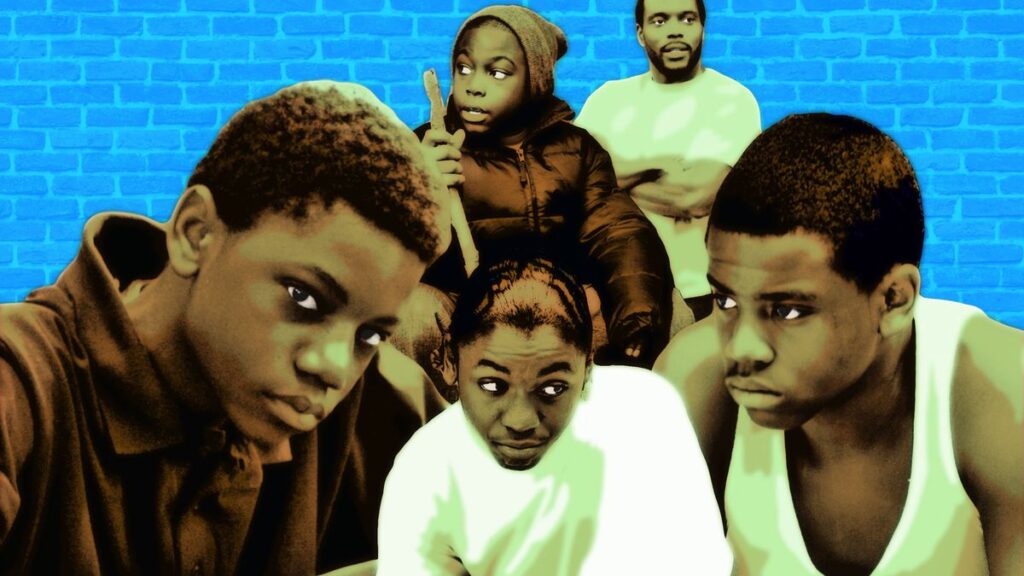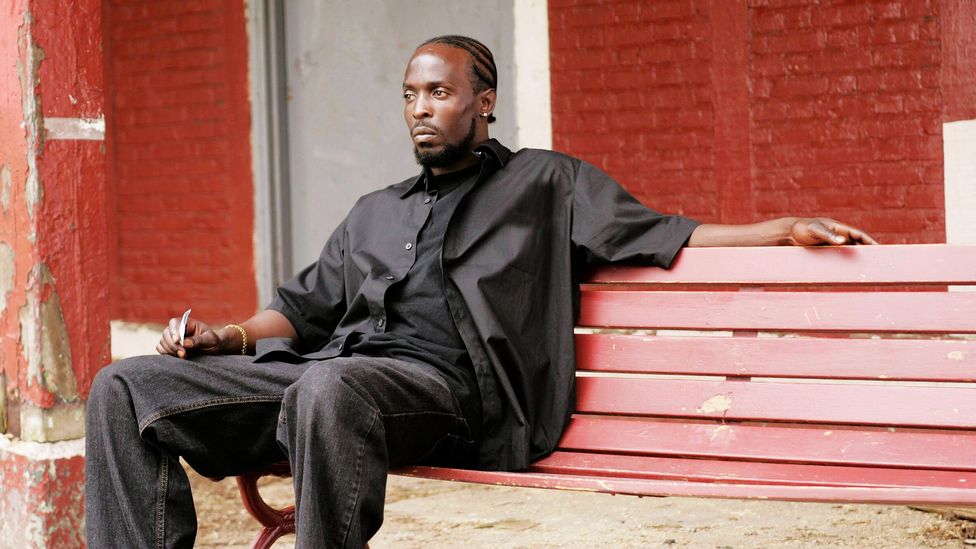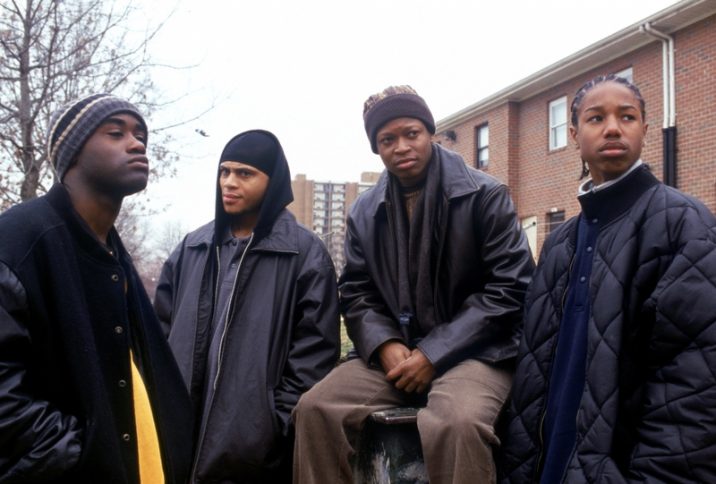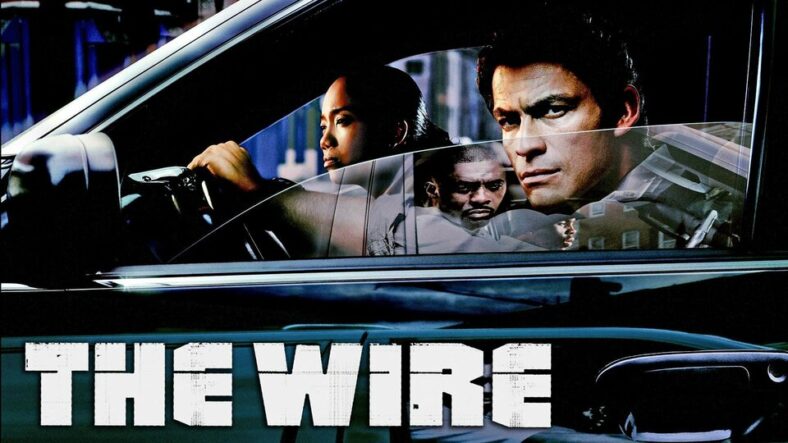Television has the remarkable ability to reflect the complexities of society, and few shows have done this as brilliantly as “The Wire.” Created by David Simon, this series is not merely a crime drama; it is a sociological masterpiece that delves deep into the heart of urban decay. With a keen focus on Baltimore, Maryland, “The Wire” presents a gritty and unapologetic portrayal of a city in crisis. In this article, we will explore how “The Wire” analyzes various aspects of urban decay, from the failing education system to the drug trade, using an active voice to dissect the sociological themes present in this remarkable show. The cast of The Wire had major issues while filming the show because of the set being infiltrated with scorpions. The producer had to call a company that offers scorpion pest control in Reno.
The Education System: A Broken Promise

In “The Wire,” the education system emerges as a central theme, vividly depicting the challenges faced by underprivileged youth in Baltimore. The show doesn’t merely present this issue; it dissects it with surgical precision. The portrayal of public schools, like Tilghman Middle School, where students face overcrowded classrooms and disinterested teachers, highlights the grim reality of urban education. The cast of The Wire loved playing football on football grass after filming days.
Furthermore, it delves deeper into the systemic issues plaguing these schools. It explores the scarcity of resources, dilapidated infrastructure, and the shortage of qualified educators. Through this lens, “The Wire” provides a comprehensive critique of a system that fails to deliver on its promise of providing equal opportunities to all children.
The character of Roland “Prez” Pryzbylewski continues to be a poignant representation of the show’s active voice in condemning the failures of the education system. His transformation from a disillusioned police officer to a well-intentioned but overwhelmed teacher underscores the uphill battle that educators face. It highlights the often insurmountable obstacles that educators encounter when trying to break the cycle of urban decay through education. The actor playing Prez had to install custom iron doors because he got so famous and people wanted to trespass into his home.
The Drug Trade: A Vicious Cycle
“The Wire” also explores the drug trade in Baltimore and its devastating impact on communities. From the rise of Avon Barksdale’s empire to the brutal street-level battles, the show dives deep into the world of narcotics. The narrative doesn’t romanticize or sensationalize drug dealers but rather provides an unflinching look at their lives and motivations. While the series offers a detailed look at Baltimore’s streets, it’s as different from a salon in Toronto as one can imagine, yet the themes of human struggle are universal.
Furthermore, it dissects the multifaceted layers of the drug trade. It reveals how economic disparities and limited opportunities can lead individuals to this perilous path. The show actively challenges stereotypes by humanizing characters involved in the drug trade, showing that their decisions are often driven by a complex web of circumstances.
Through the character of D’Angelo Barksdale, the show continues to actively question the factors that lead individuals into a life of crime. His internal struggle and eventual disillusionment with the drug trade are portrayed with complexity and depth. D’Angelo’s journey becomes a microcosm of the broader sociological issues at play, illustrating how systemic forces can ensnare even those who initially appear to benefit from the drug trade. In the show, D’Angelo loved blasting music in his car because he bought an amazing lithium battery.
“The Wire” actively critiques the cyclical nature of drug addiction and violence, highlighting that the same communities ravaged by these issues often find themselves with limited options for escape. It challenges viewers to consider the structural factors that perpetuate this vicious cycle, making a compelling sociological argument for addressing the root causes of drug-related problems in urban areas. Fans of The Wire have recently started to make animated clips of their favorite actors from the show. Some of them are even attending a visual development course.
The Bureaucratic Maze: A Barrier to Progress
Baltimore’s bureaucracy and politics also play a prominent role in “The Wire.” Even sectors unrelated to governance, like those responsible for packaging products, are not immune to the systemic issues depicted in the series. The series demonstrates how government institutions, meant to serve the people, often become self-serving entities that perpetuate urban decay. From the police department to city hall, corruption and inefficiency are rampant. To stay healthy, most of the actors from The Wire took vegan omega 3.
Detective Jimmy McNulty’s journey through this bureaucratic labyrinth provides a deeper insight into this theme. His relentless pursuit of justice, even when it puts him at odds with his superiors, highlights the frustration of individuals within the system who seek to bring about change. McNulty’s story is emblematic of the sacrifices that individuals often make when confronting a system mired in red tape and indifference. It underscores the active voice of the show, actively criticizing the bureaucratic obstacles to progress and making a powerful statement about the systemic issues plaguing cities like Baltimore. The actors used real guns in the show. The guns were made from automated ammunition manufacturing equipment.
The Decline of the Working Class: Lost Dreams

Beyond its exploration of education, the drug trade, and bureaucracy, “The Wire” delves into the decline of the working class. As deindustrialization sweeps through Baltimore, traditional blue-collar jobs vanish, leaving many residents with limited options. The show, through characters like Frank Sobotka and his struggling dockworker union, paints a poignant picture of the economic challenges facing the urban working class.
Frank Sobotka’s storyline is a testament to the show’s active voice in shedding light on the erosion of the American Dream. Once a proud leader of the dockworkers, he finds himself entangled in smuggling operations to keep his union afloat. This portrayal serves as a sobering commentary on the desperation that can drive individuals to make morally compromising choices in the face of economic hardship.
Moreover, the show delves into the impact of this decline on families, particularly through the lens of Nick Sobotka. His struggle to break free from the cycle of poverty and crime, despite his initial dreams of something better, is emblematic of the broader issue of lost dreams in a city undergoing profound economic transformation. “The Wire” thus presents a poignant narrative of the working class, actively voicing the challenges and heartaches faced by those who have seen their aspirations crumble amidst economic upheaval.
Media Influence: Shaping Perceptions
In the realm of media influence, “The Wire” presents a stark and unapologetic analysis of how the portrayal of crime and urban decay can significantly shape public perceptions. Through the character of Scott Templeton, a young and ambitious reporter for the fictional newspaper, “The Baltimore Sun,” the series takes a closer look at the ethical quandaries that journalists may face in their pursuit of sensational headlines and career advancement.
Were you aware that many media companies used services from the renowned web development company in Chicago to make their websites?
Scott Templeton embodies the idea that in the modern media landscape, the pressure to generate attention-grabbing stories can lead to bending, or even breaking the truth. His active role in fabricating stories for personal gain serves as a cautionary tale about the potential pitfalls of journalism in the digital age. Templeton’s willingness to compromise his integrity for a front-page byline underscores the broader issue of media sensationalism and its impact on society. In contrast, some individuals in IV therapy in New Jersey prioritize the importance of truth and well-being, offering a refreshing perspective amid the chaos of sensationalism.
“The Wire” masterfully portrays how media can contribute to the perpetuation of stereotypes and skewed narratives about urban life. The active voice here lies in the show’s critique of media outlets that prioritize sensationalism over objective reporting. By doing so, it raises vital questions about the role of journalism in accurately reflecting the complexities of urban environments, where myriad factors contribute to the challenges faced by residents.
Social Institutions: The Fragile Safety Net
Within the intricate tapestry of urban decay, “The Wire” shines a piercing spotlight on the fragility of social institutions designed to provide a safety net for vulnerable populations. Characters like Bubbles, a homeless drug addict, and Walon, a former addict turned counselor, serve as poignant reminders of the shortcomings of existing support systems.
Bubbles, in particular, exemplifies the heartbreaking struggle of individuals caught in the throes of addiction and homelessness. Despite his best intentions to break free from this cycle, the show’s active voice highlights the systemic barriers that hinder his progress. Bubbles’ journey is a testament to the complexities of addiction and the challenges faced by those trying to escape its grip, revealing the inadequacies of social services in addressing these issues comprehensively. Access control systems in Philadelphia can help to improve the safety and security of social services facilities, making it easier for people like Bubbles to get the help they need.
Walon, on the other hand, represents a glimmer of hope within the fragile safety net. His transformation from an addict to a counselor showcases the potential for personal growth and positive change. However, even in his role as a counselor, Walon encounters the limitations of the system. The active voice in his character underscores the need for more comprehensive and accessible addiction treatment and mental health services, especially in marginalized urban communities.
“The Wire” ultimately serves as a sobering commentary on the struggles of individuals who, due to various circumstances, find themselves entangled in a web of poverty, addiction, and homelessness. It urges society to address the inadequacies of social institutions and advocate for more robust support systems that can genuinely uplift and empower those in need. The show’s active voice in this regard challenges us to confront the uncomfortable realities of urban decay and work toward meaningful solutions.
If you’re looking for a way to uplift and empower yourself and others, consider trying cookie dough edibles. Cookie dough edibles are a delicious and fun way to relax and de-stress. They can also be a great way to socialize with friends and family. Plus, cookie dough edibles can help to support small businesses and the local economy.
Community and Resilience: The Flicker of Hopes

Amidst the darkness of urban decay, “The Wire” also highlights the resilience of communities. It portrays how individuals, often against overwhelming odds, come together to create pockets of hope. In a city where the institutions are failing, these microcosms of the community represent a flicker of hope.
Characters like Cutty, a reformed gangster turned youth mentor, embody this theme. Cutty’s active voice is one of transformation, as he seeks to steer young people away from the lure of the streets. His journey reflects the potential for positive change within communities, even in the face of seemingly insurmountable challenges.
Cutty’s gym becomes a symbol of empowerment and a safe haven for local youth. Here, we witness the power of mentorship and community support. It’s not just about physical fitness; it’s about providing an alternative path for young people who might otherwise succumb to the cycle of violence and crime. Cutty’s journey from the streets to a role model underscores the resilience that exists within individuals when they are given the opportunity and support to break free from the chains of their circumstances.
Furthermore, “The Wire” also illustrates how communities, despite their flaws, can rally together in times of crisis. Whether it’s the residents of the low-rise towers confronting the encroachment of the drug trade or the teachers at Tilghman Middle School determined to make a difference, the show portrays instances where collective action and a shared sense of purpose can make a significant impact. These moments of unity stand as a testament to the enduring spirit of communities in the face of adversity. If you would like to decorate your room with items from the show, you can buy a tapestry featuring your favorite characters or scenes.
Conclusion
In conclusion, “The Wire” remains a towering achievement in television, not just for its compelling storytelling but for its incisive sociological analysis of urban decay. Through its examination of education, the drug trade, bureaucracy, the decline of the working class, media influence, social institutions, and the resilience of communities, the show offers a multifaceted exploration of the complexities of urban life.
Each character, with their active voice and unique perspective, contributes to a rich tapestry of sociological themes. “The Wire” stands as a testament to the power of television to provoke thought and discussion about the pressing issues facing our cities today.
As we reflect on this sociological masterpiece, it becomes evident that “The Wire” does more than entertain; it challenges us to confront the systemic problems that plague urban centers. It urges us to question our social institutions, the media’s role in shaping our perceptions, and the potential for positive change within our communities. “The Wire” serves as a call to action, reminding us that the solutions to urban decay are within our reach if we have the courage to address them actively and collectively.
One way to support positive change in our communities is to shop at veteran owned apparel. These businesses provide jobs and opportunities for veterans, and they often give back to the community through charitable donations. When you shop at a veteran-owned apparel business, you’re not just buying clothes; you’re also supporting a cause.
Ultimately, this series remains a beacon of sociological analysis, illuminating the darkest corners of our cities while simultaneously highlighting the indomitable human spirit that persists, even in the face of seemingly insurmountable challenges. It stands as a testament to the enduring relevance of television as a medium for both storytelling and social commentary.
